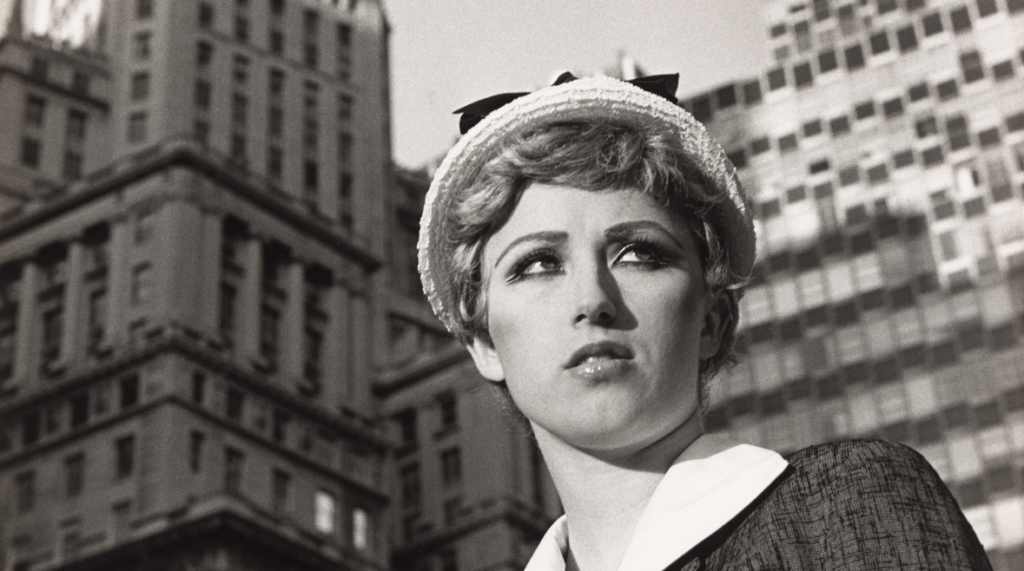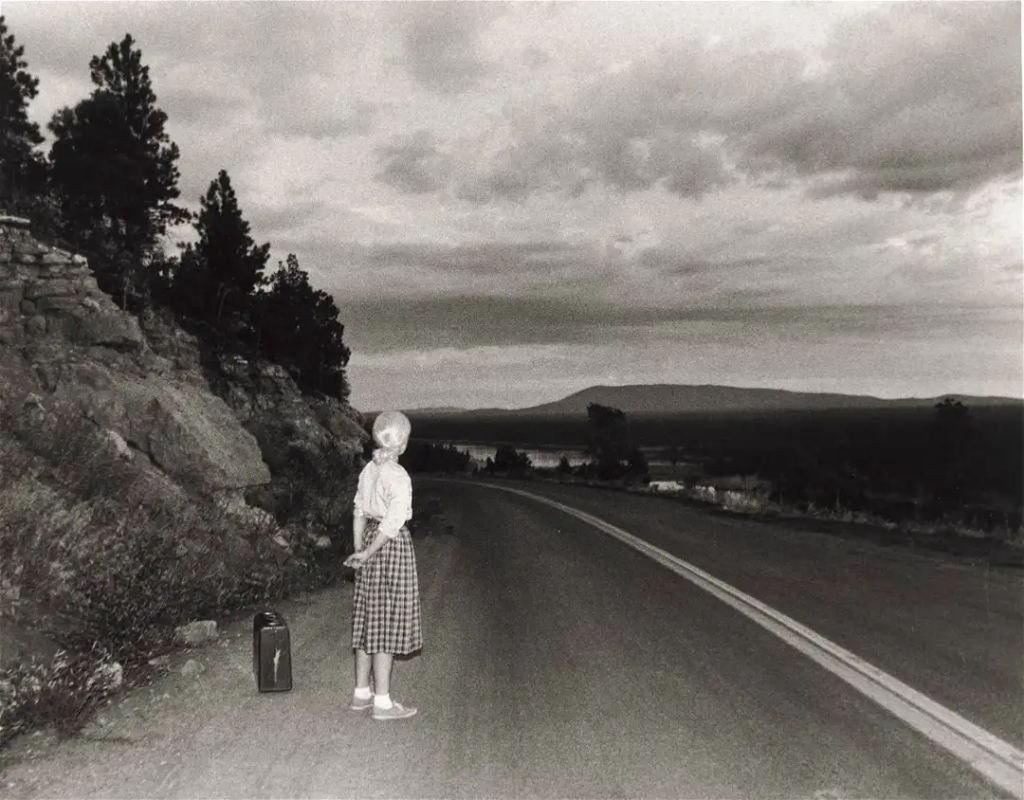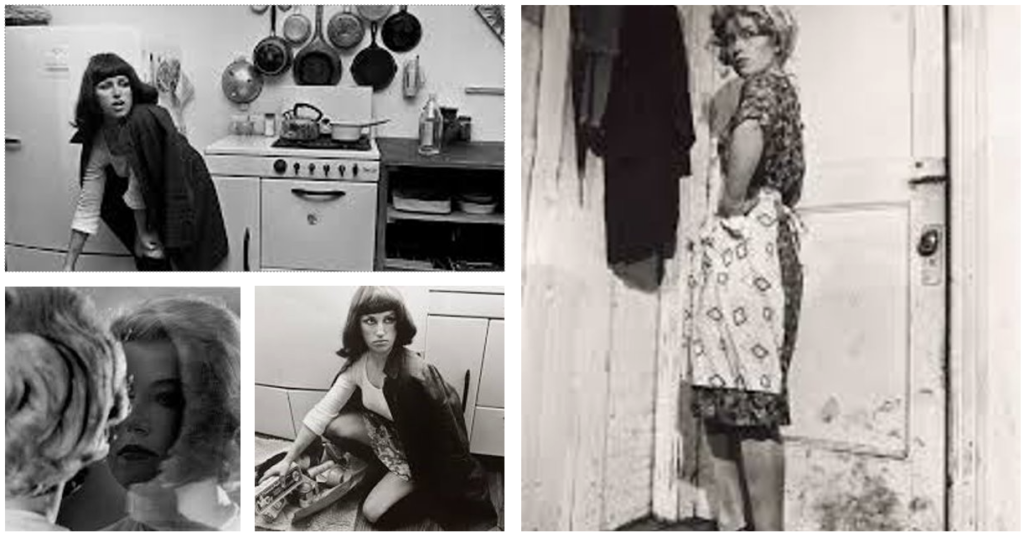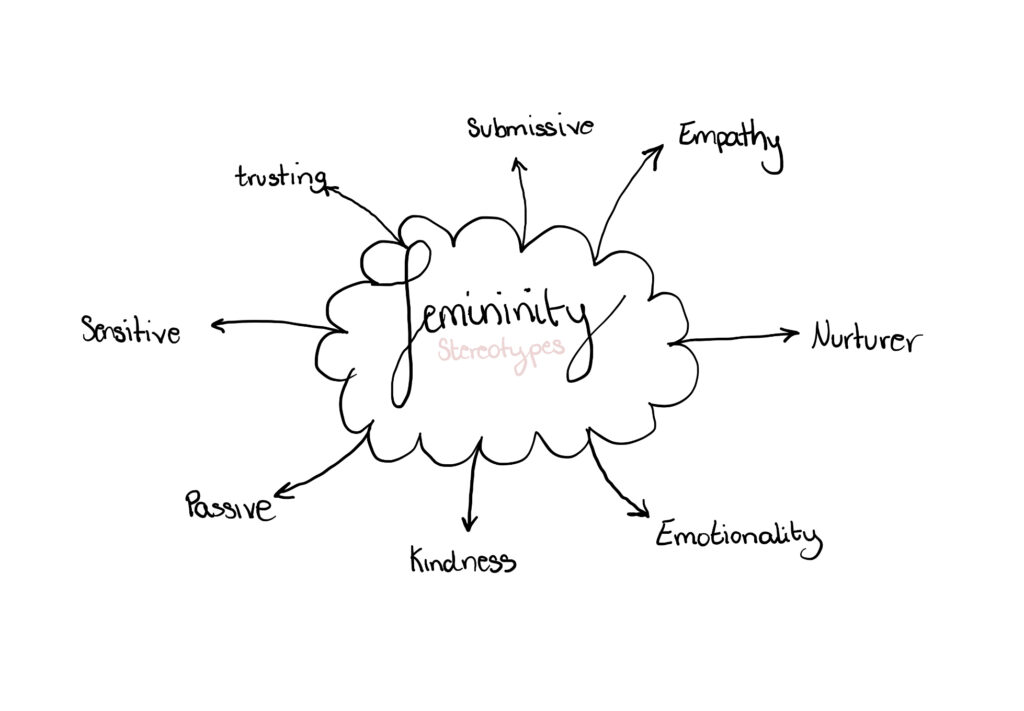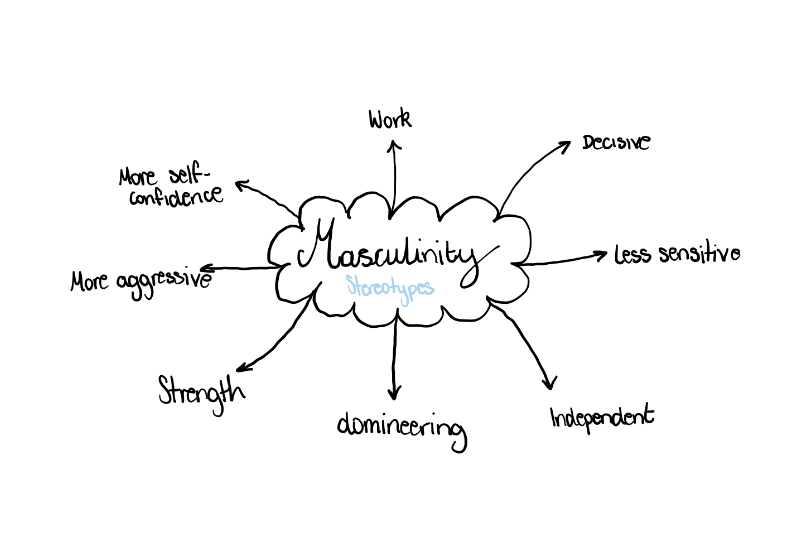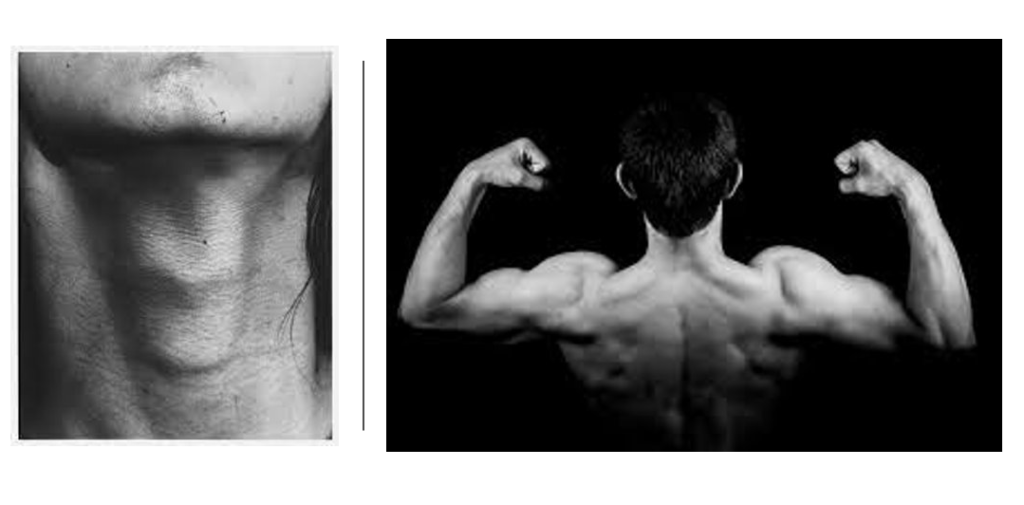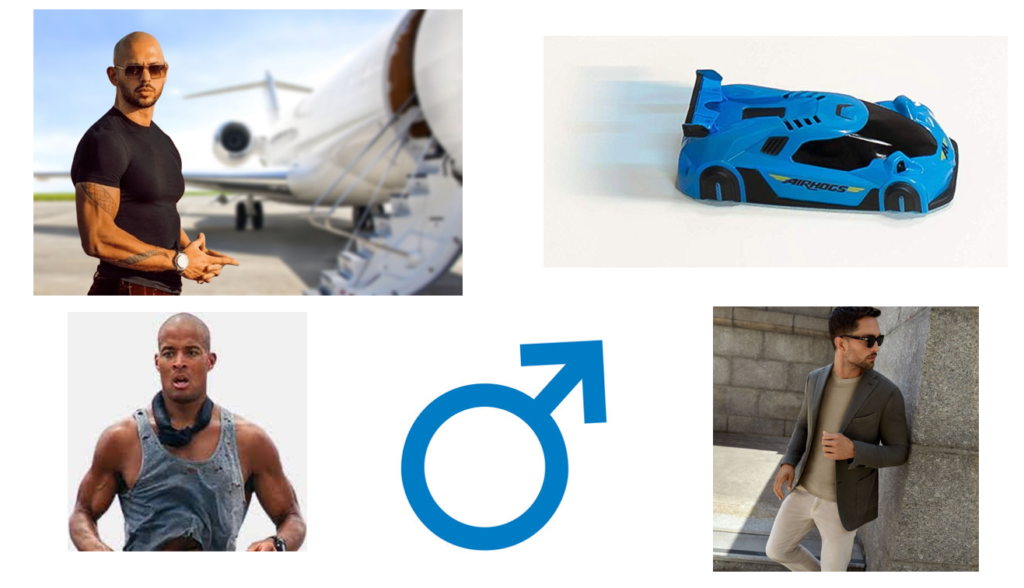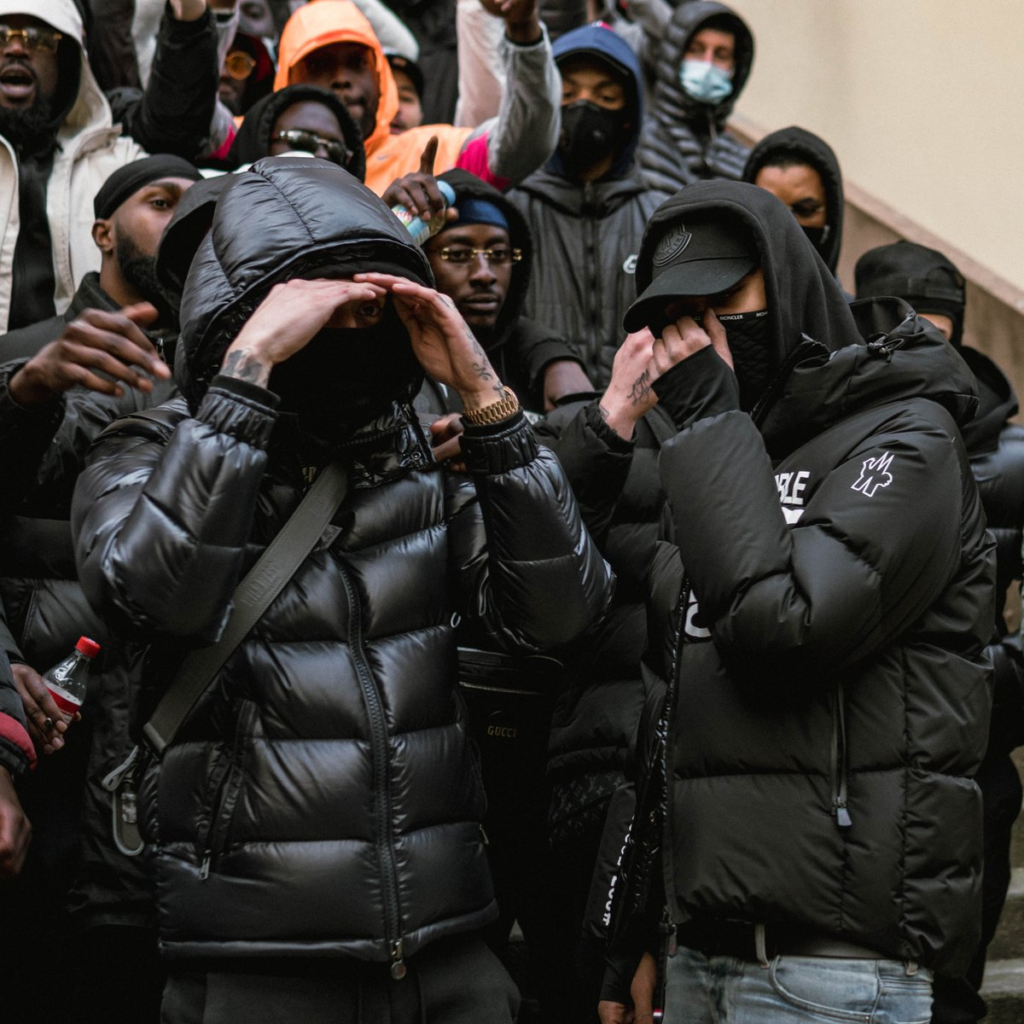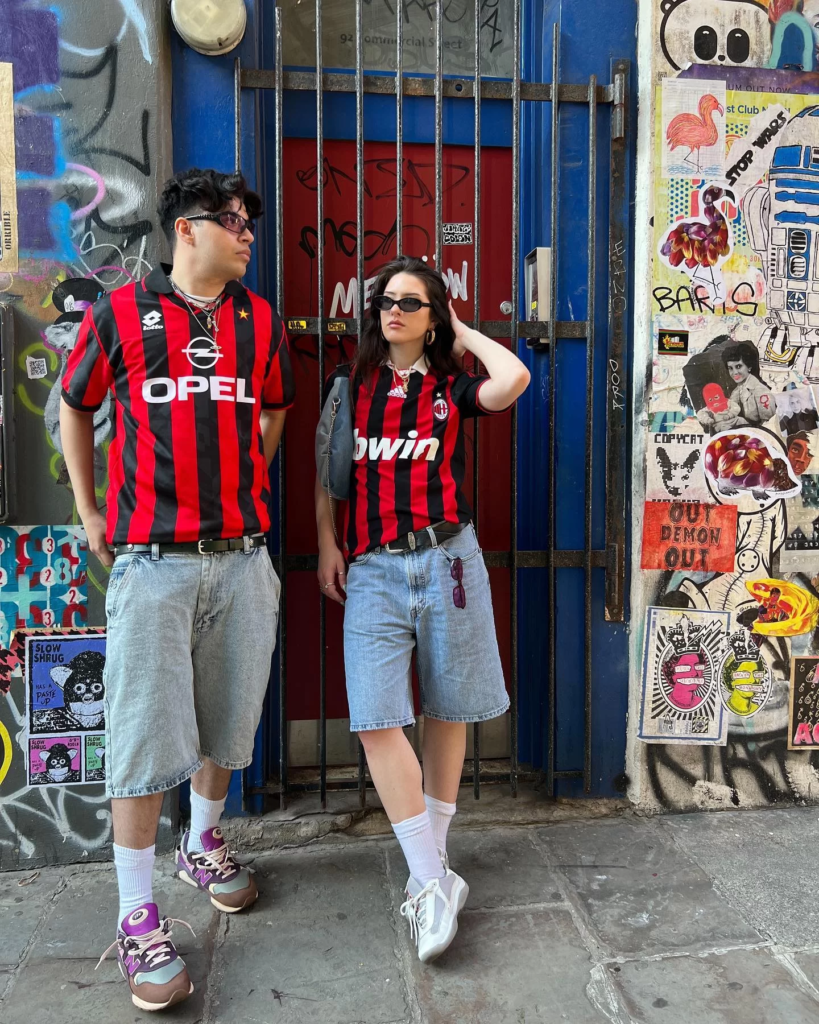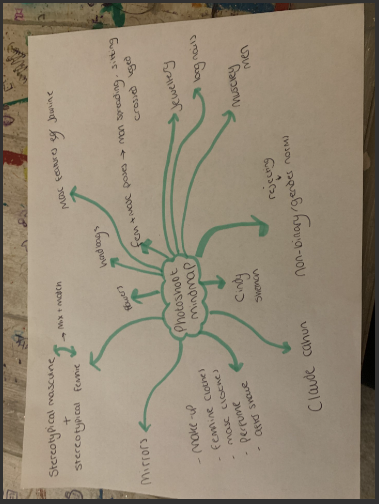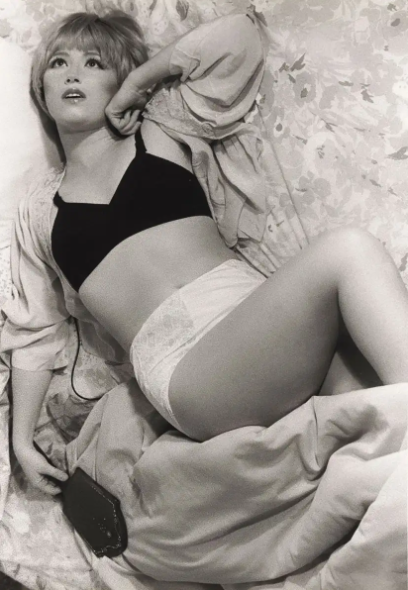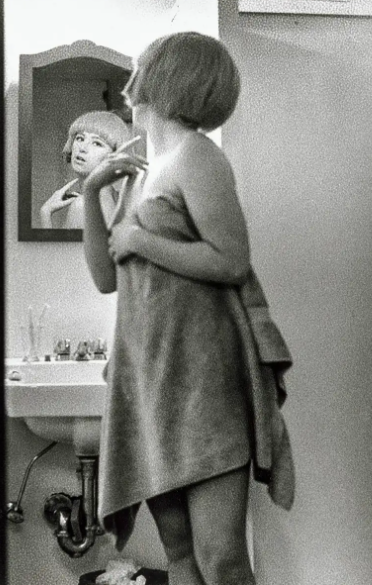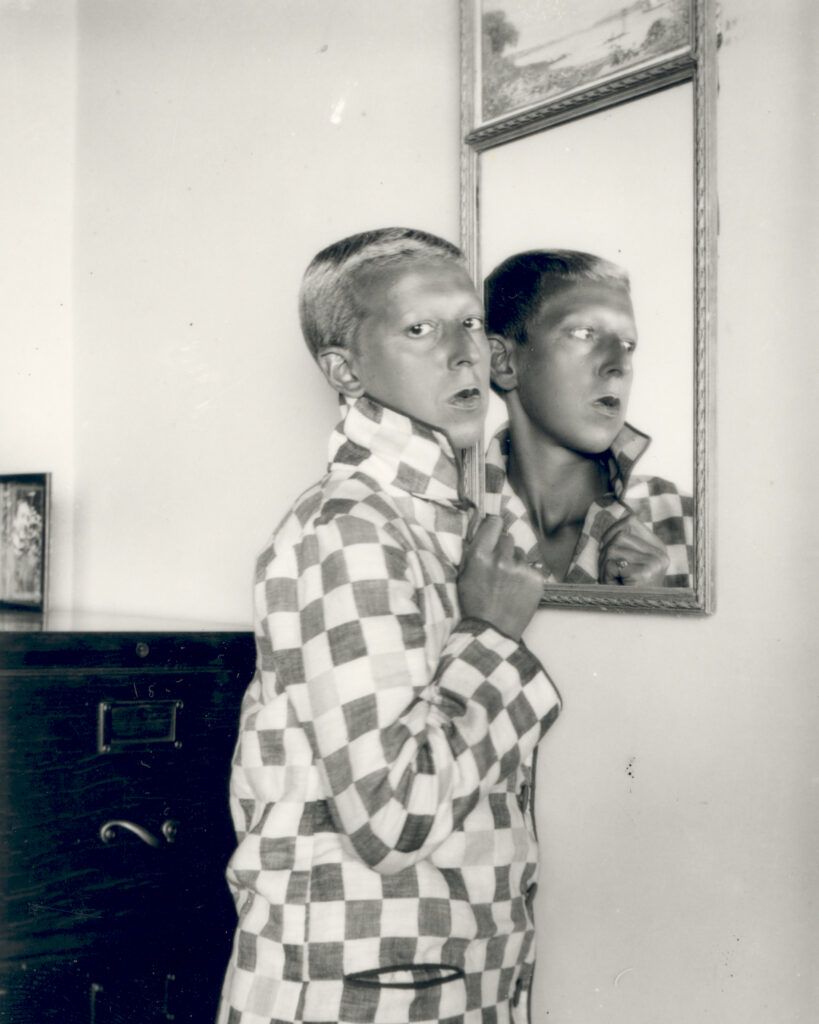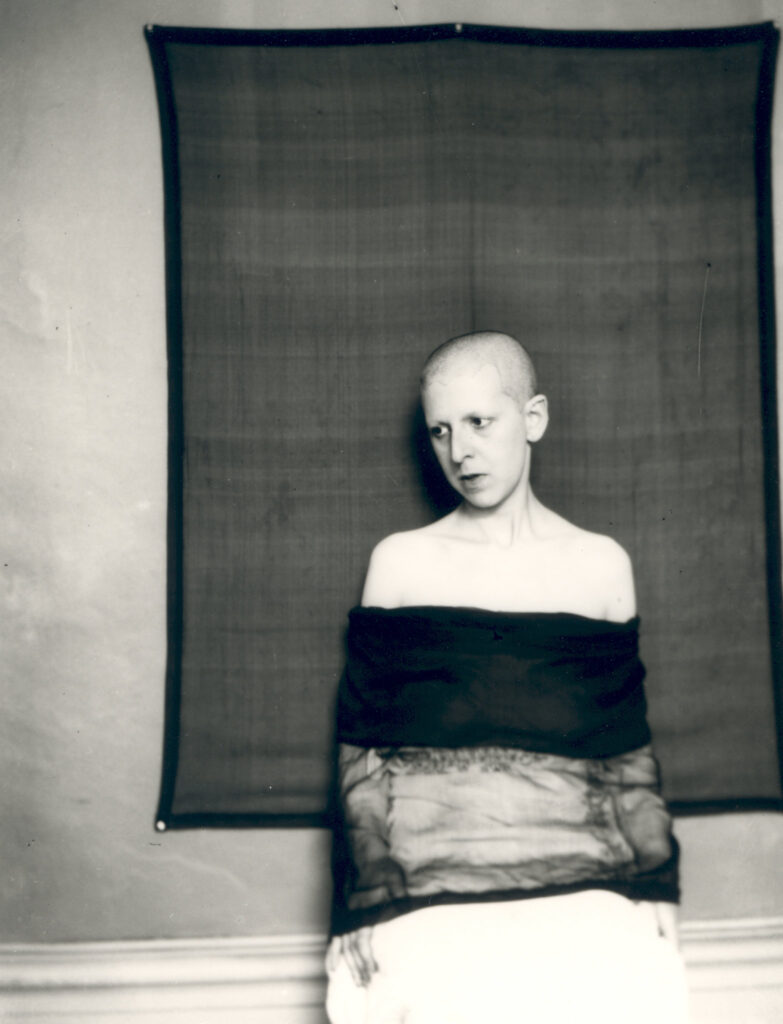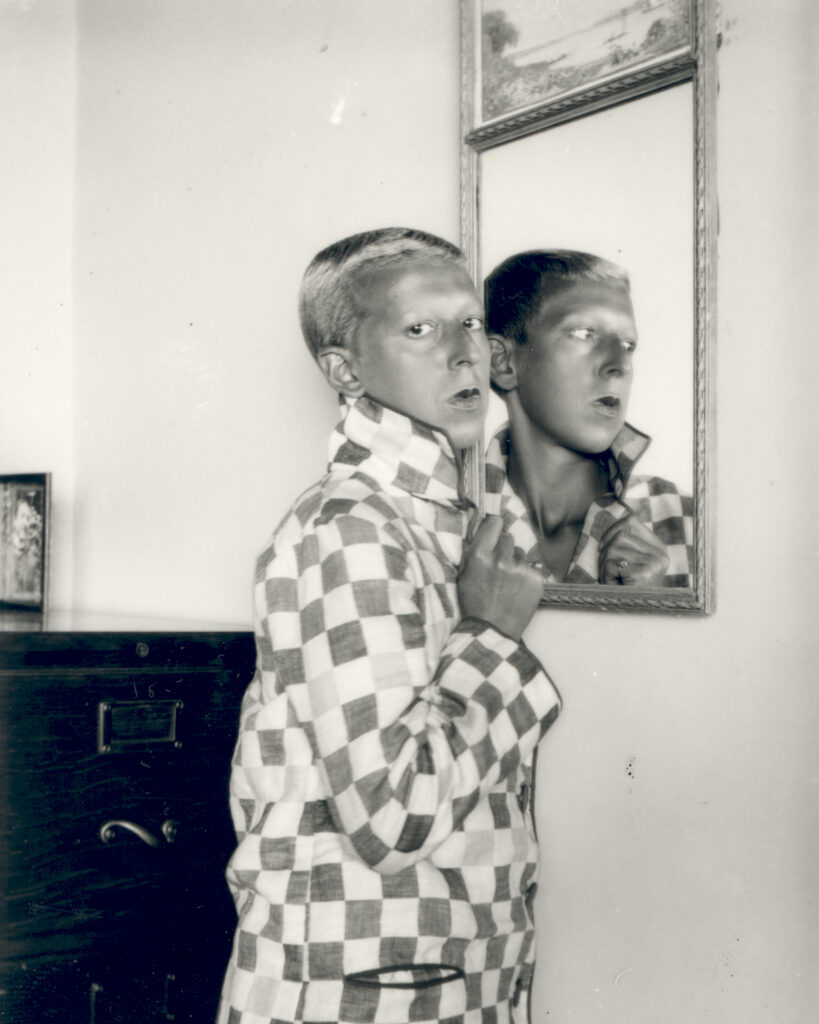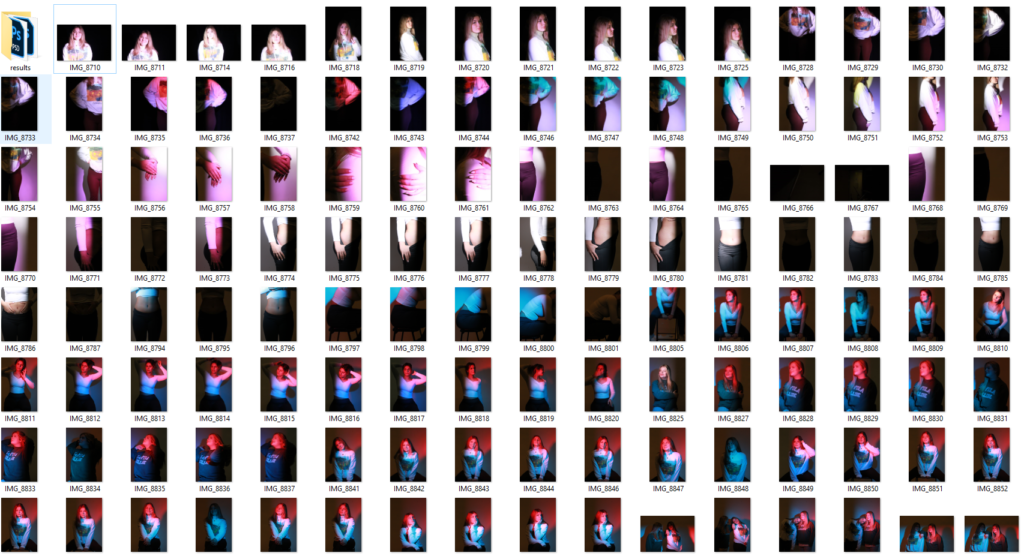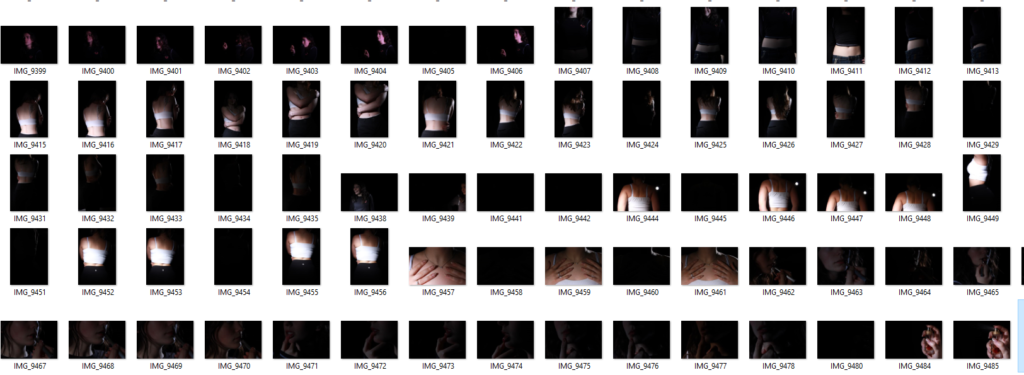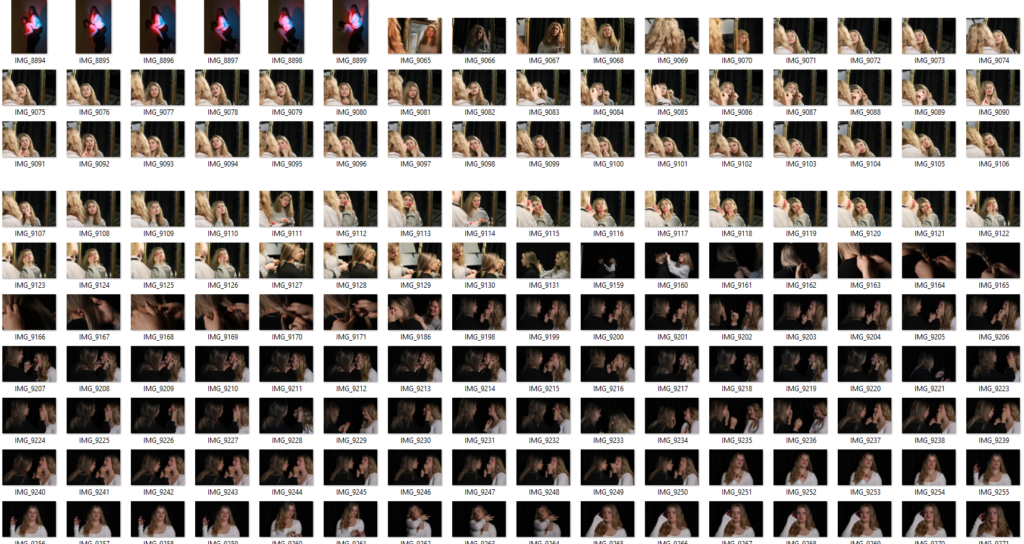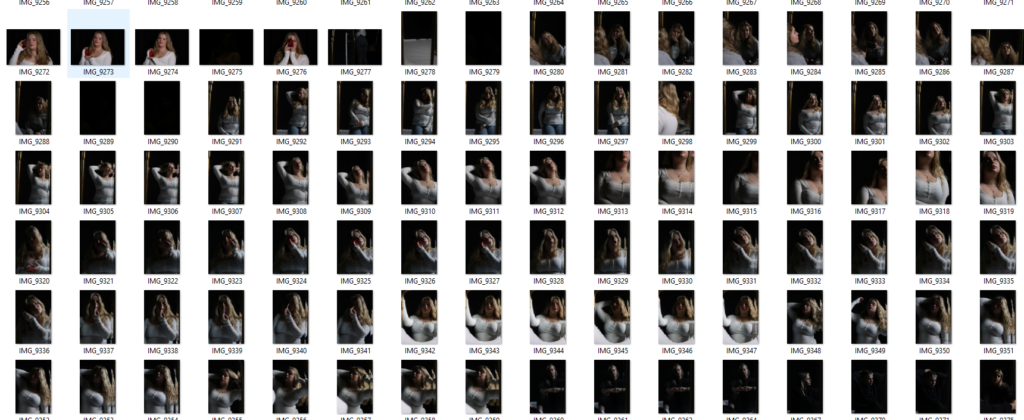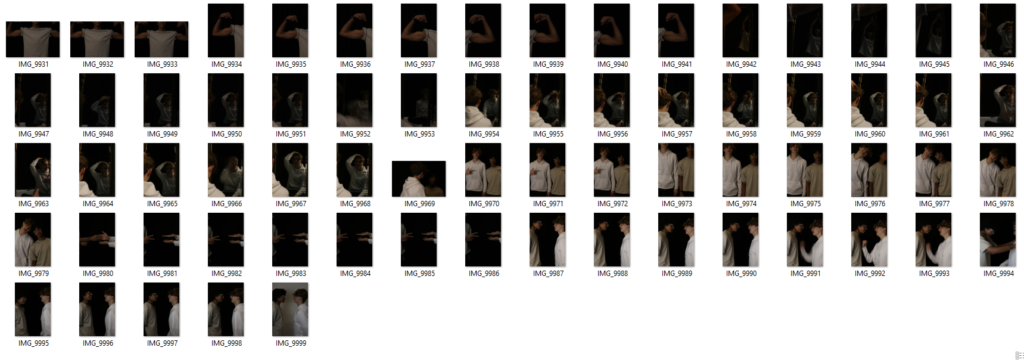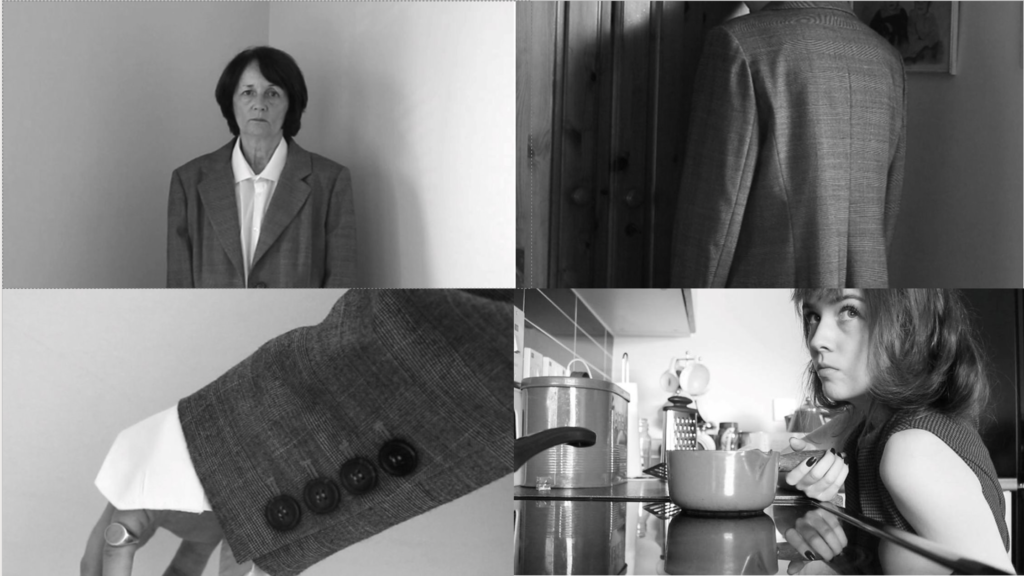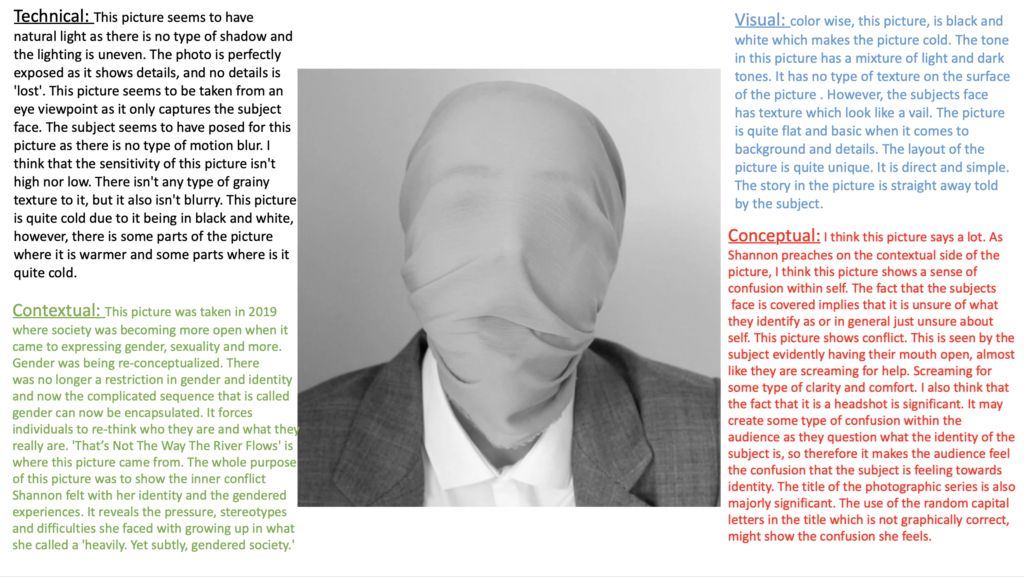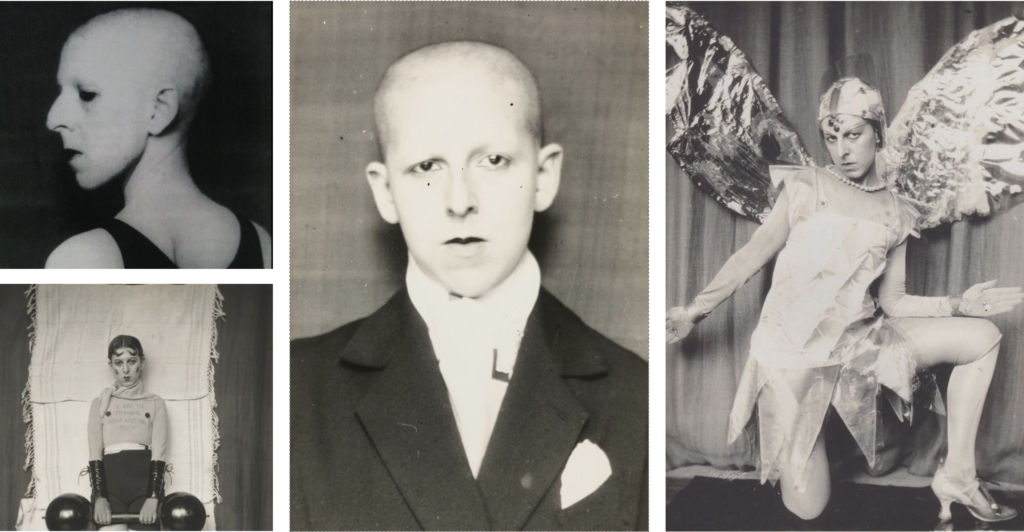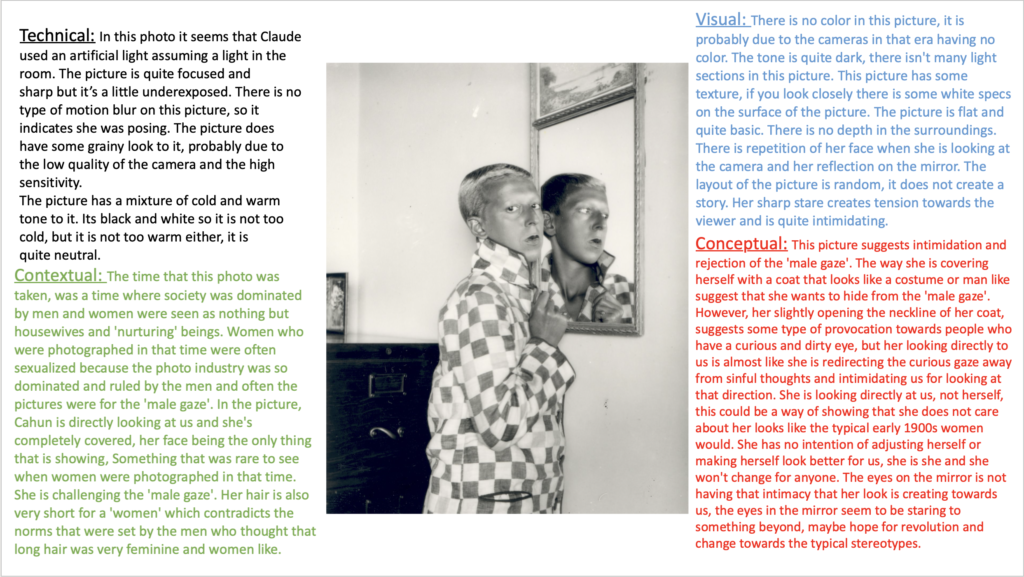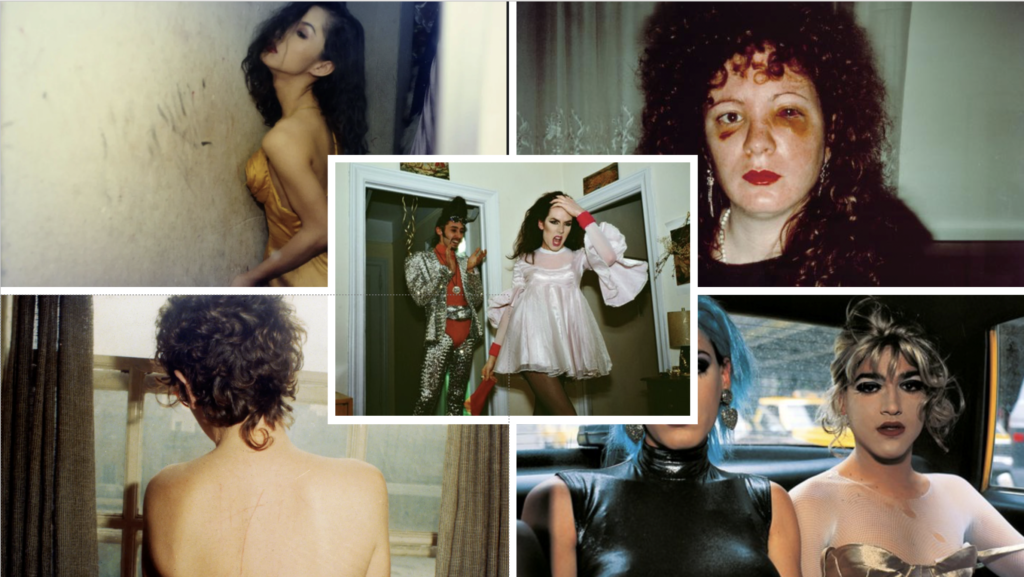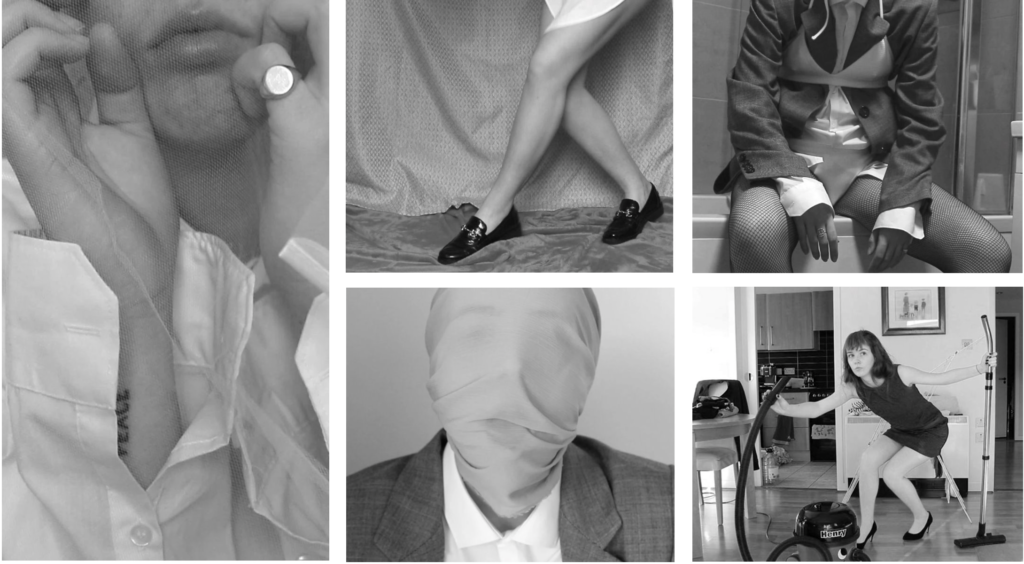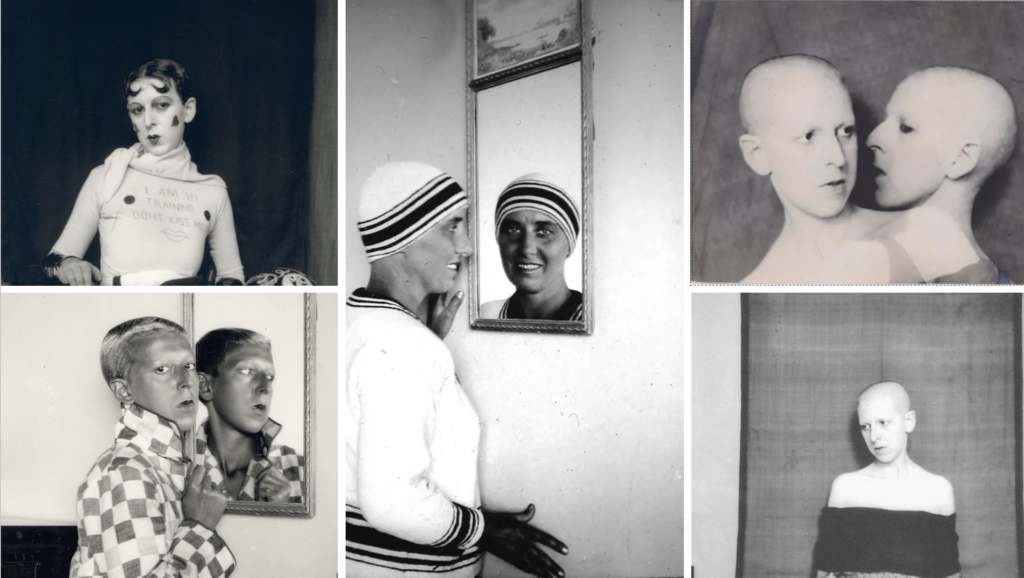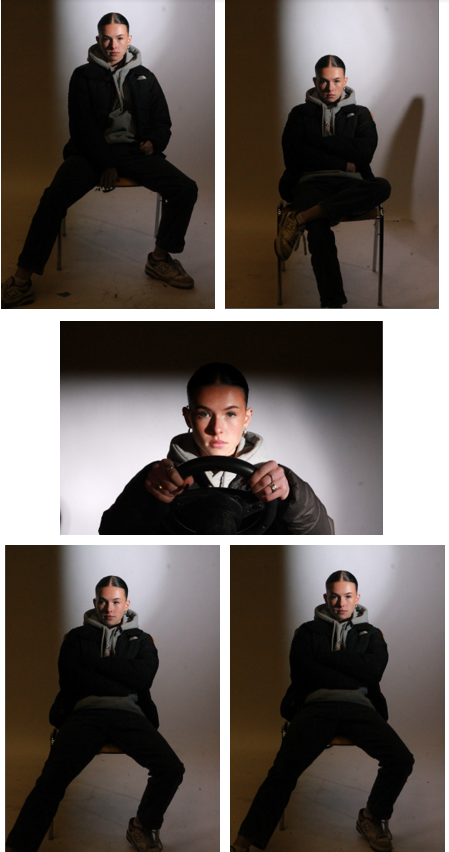“I wish I could treat everyday as Halloween, and get dressed up and go out into the world as some eccentric character.”
Cindy Sherman
Over four decades Cindy Sherman experimented with identity as she explained in the quote above. She explores the theme of ‘femininity’ in an interesting and engaging way, as she alters her appearance experimenting with costumes, makeup, and prosthetics. She then started to produce untitled film stills, where she photographed herself in various settings, selecting props and creating scenes that resemble those in the mid-20th-century B movies, which are movies showing the unknown future.
Her portraits show very stereotypical feminine activities, where she dresses up as people from different ages. Her work is about surrealism as we can see from her self-portraits.
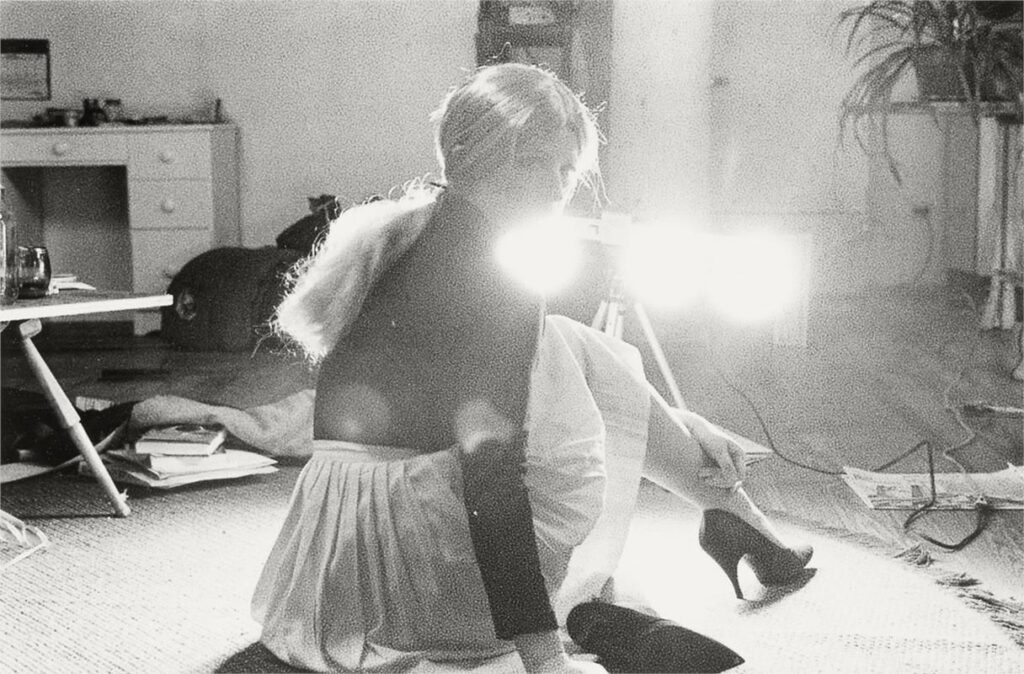
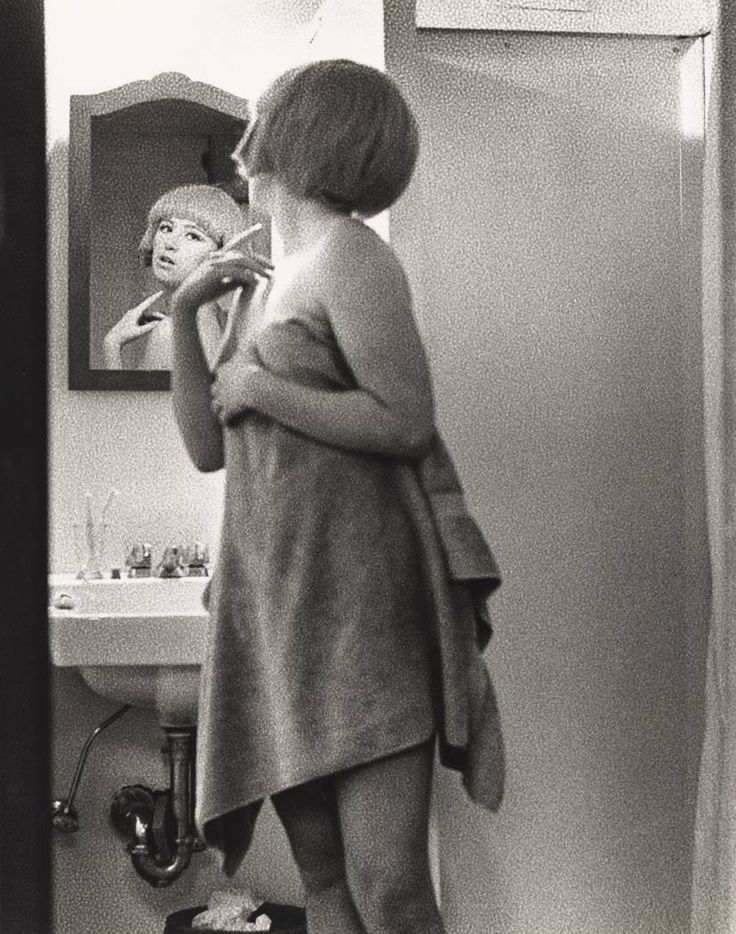



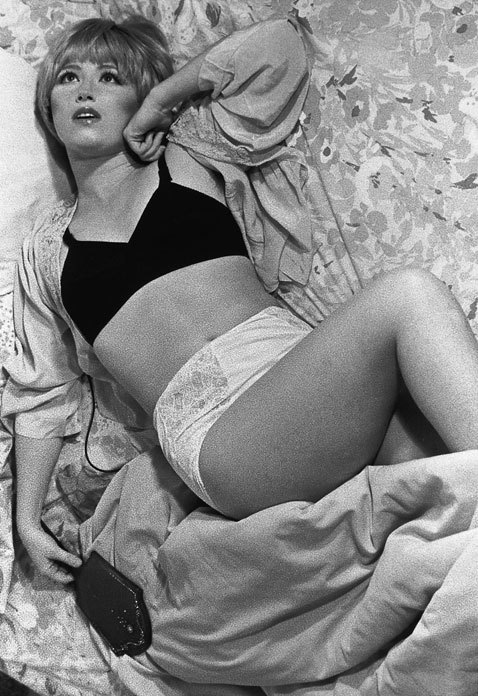
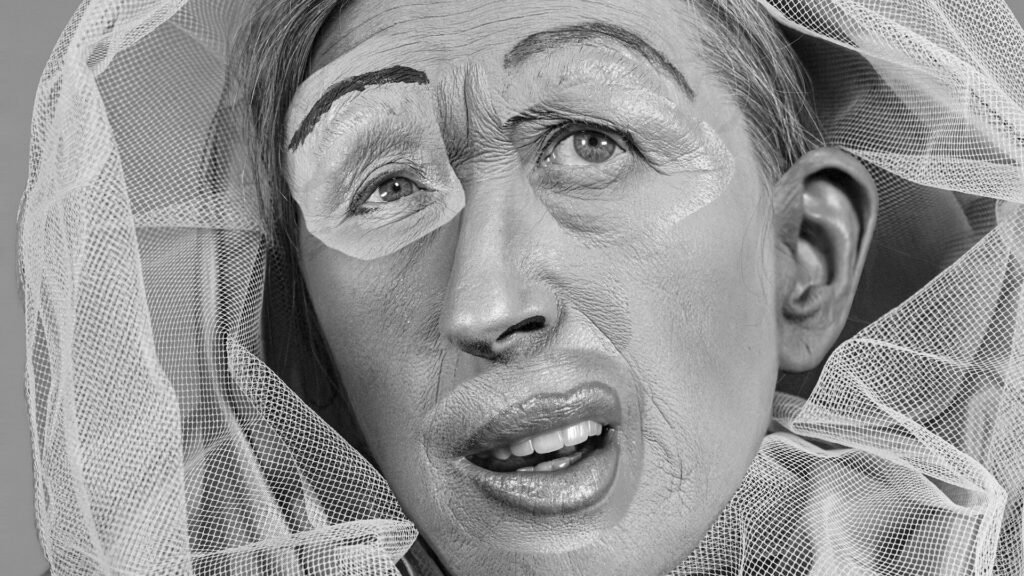

Cindy Sherman was influenced by performance artists, which is a kind of artwork or exhibition that is shown through actions which then lead to her fascination of disguising herself, dressing up as characters which are then photographed by herself.
Cindy Sherman started taking photos in her apartment, using her own interiors as inspiration. Then she began to take her photos in more rural, and urban environments, so she moved her camera and props outside, while also having a second person to assist her, while she takes the photos.
Untitled Film Stills 1977-1980
During 1977, Cindy Sherman moved to New York City where she created a series of imaginary film stills inspired by an actress’s career. This started off as an experiment, created this narrative
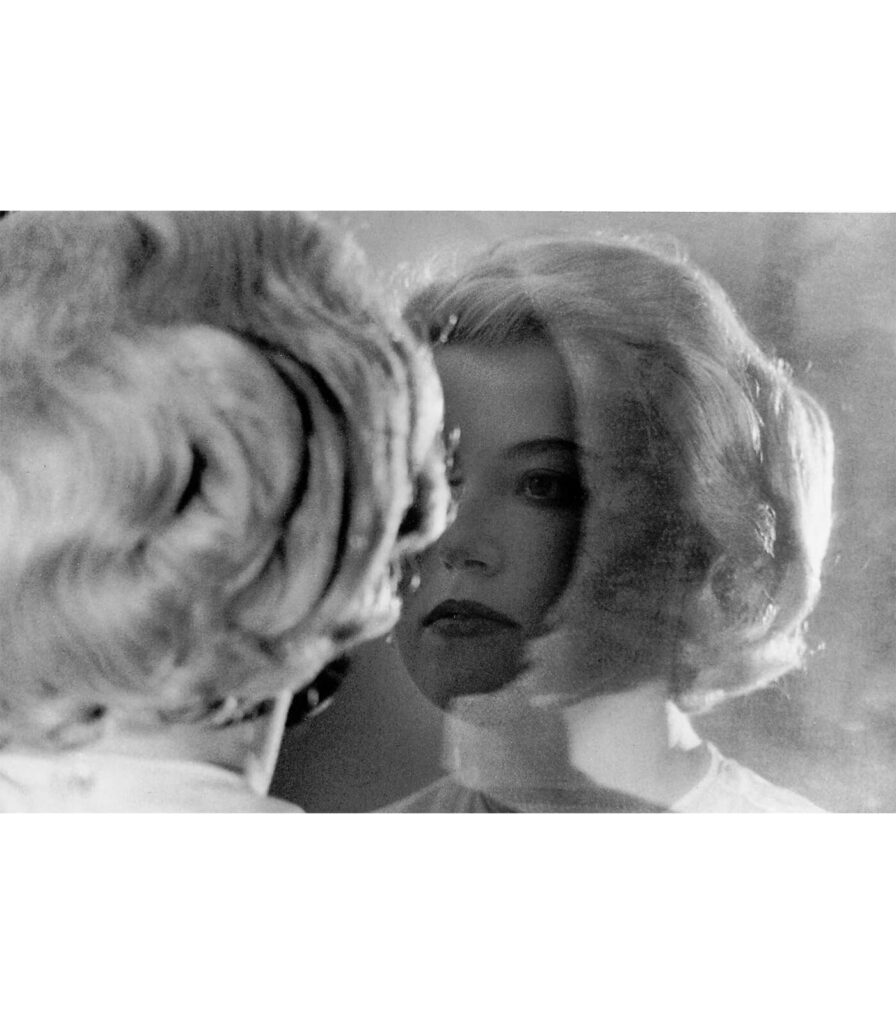
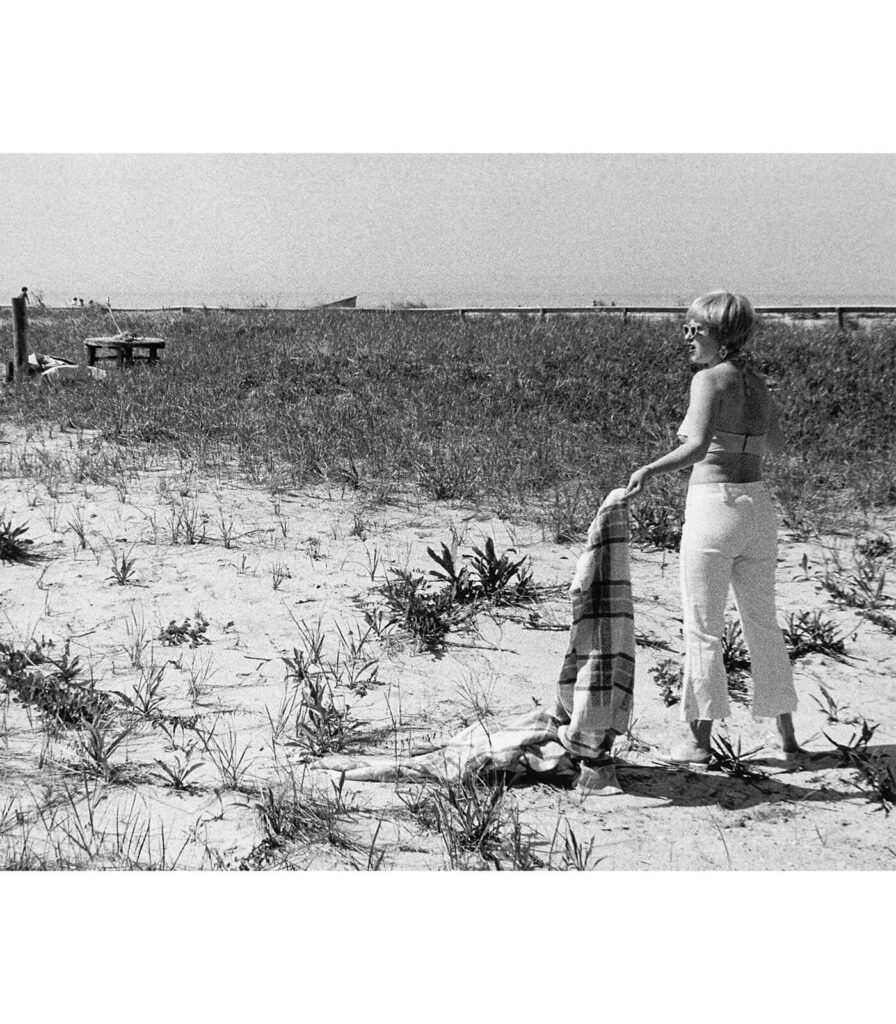
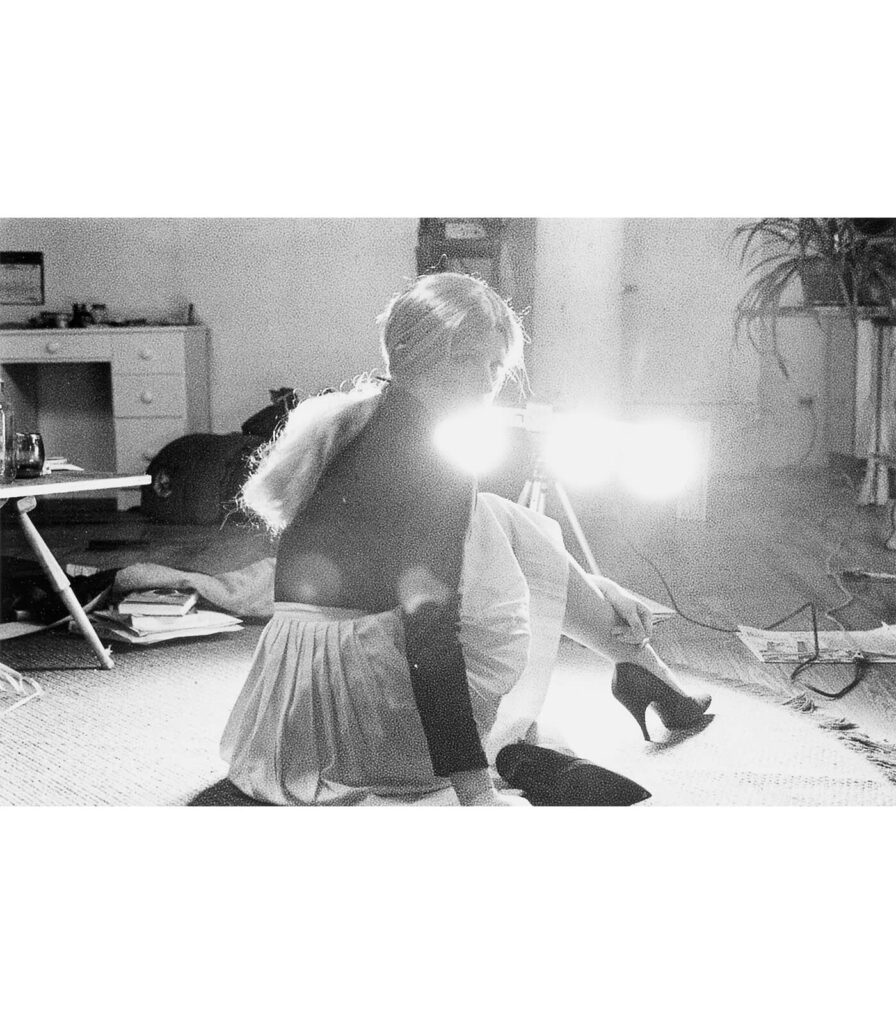
https://www.hauserwirth.com/hauser-wirth-exhibitions/44432-cindy-sherman-1977-1982-los-angeles/
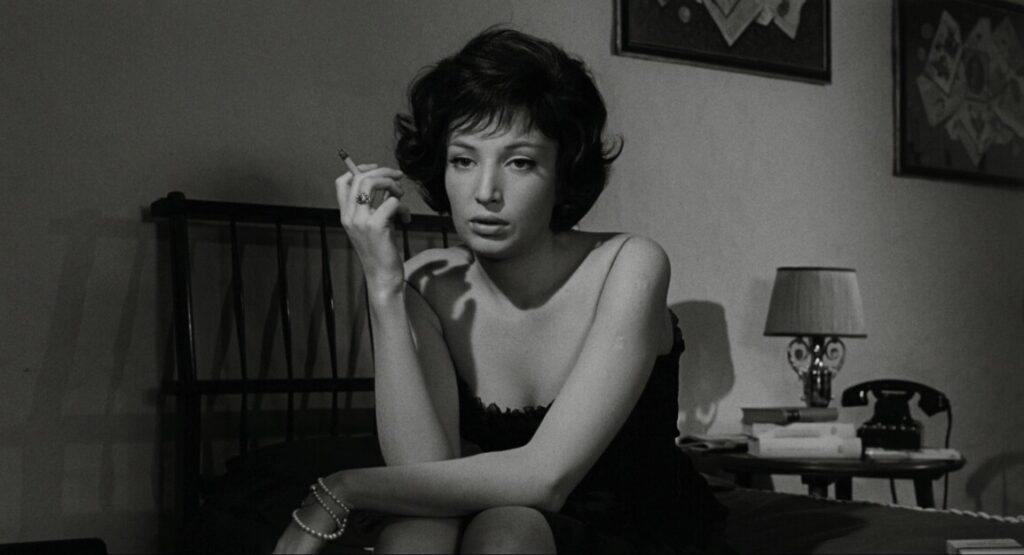
This photo really interests me as I like how the photo is captured in the moment as it sets this interesting and engaging mood. Cindy Sherman experiments and communicates her work using very stereotypical poses from the 1950s/ 1960s which is what I think makes the portrait very interesting and unique. In her work she dresses up as different characters, as we can see from this portrait. I think Cindy Sherman does this as she wants to connect you to the portrait. There is a darker lighting used in this portrait, creating an overall cooler tone, while enhancing the shadows and the subject itself. This creates depth to the photo, dramatising the shadows and tones that is created by using a darker light. Cindy Sherman’s work depicts how women were and still are viewed in society.

